These wildlife parks, reserves, wildlife conservancies and beach destinations offer exceptional opportunities for wildlife viewing and conservation efforts, making them must-visit destinations for any safari enthusiast visiting Kenya.

Located just outside the capital city, Nairobi National Park is a unique wilderness area where you can see wildlife against the backdrop of the city skyline. It is home to the endangered black rhino, as well as lions, cheetahs, giraffes, and diverse bird species.

Famous for the Great Migration, where millions of wildebeest, zebras, and other herbivores cross from the Serengeti into the Mara in search of greener pastures. The Mara is home to the Big Five (lion, elephant, buffalo, rhino, leopard) and offers fantastic game viewing year-round.
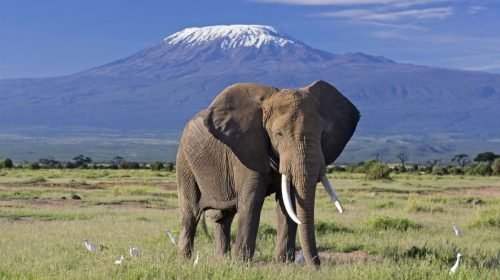
Known for its stunning views of Mount Kilimanjaro, Africa's tallest peak. Amboseli is famous for its large elephant herds, as well as other wildlife such as giraffes, zebras, wildebeests, and various bird species.
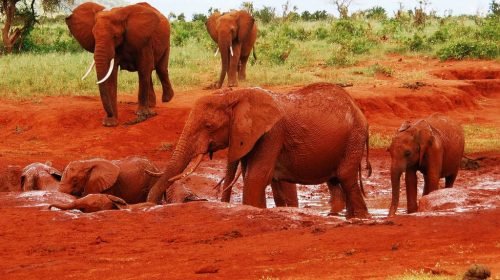
Tsavo is one of the largest national parks in Kenya and is divided into two sections: Tsavo East and Tsavo West. Both parks offer diverse landscapes, including open savannah, acacia forests, and lava flows, as well as abundant wildlife such as elephants, lions, leopards, and buffaloes.

Located in Kenya's northern region, Samburu is known for its unique wildlife species not found in other parts of the country, including the reticulated giraffe, Grevy's zebra, Beisa oryx, and Somali ostrich. The Ewaso Nyiro River, which runs through the reserve, attracts a variety of wildlife, especially during the dry season.
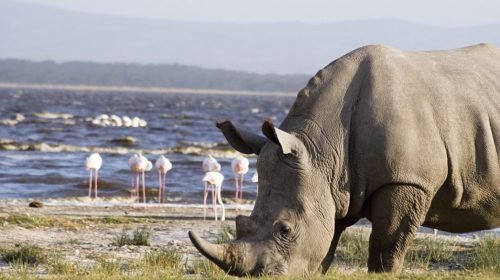
Famous for its flamingo population, Lake Nakuru is a birdwatcher's paradise. The park is also home to rhinos, both black and white, as well as other wildlife such as lions, leopards, giraffes, and buffalo. The surrounding woodlands offer opportunities for hiking and nature walks.

This vast region in central Kenya is a haven for wildlife and offers a range of safari experiences, including game drives, walking safaris, and horseback safaris. Laikipia is known for its conservation efforts and is home to endangered species such as rhinos, Grevy's zebras, and wild dogs.
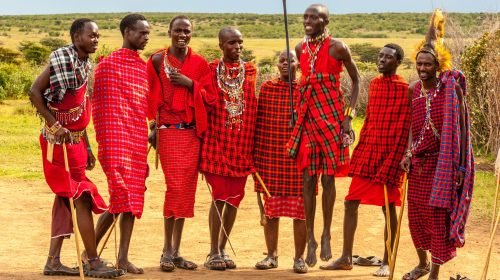
In addition to the Maasai Mara National Reserve, several private conservancies surrounding the reserve offer exclusive and more intimate safari experiences, with fewer crowds and a focus on conservation and community involvement. These conservancies provide opportunities for guided walks, night drives, and cultural interactions with the Maasai people.
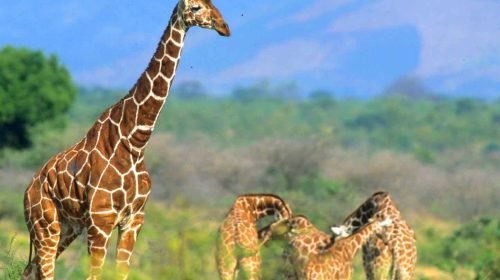
Immortalized in the book and movie "Born Free," Meru National Park offers rugged wilderness and diverse habitats, including forests, rivers, and grasslands. The park is home to a variety of wildlife, including lions, leopards, elephants, and rhinos, as well as over 400 bird species.
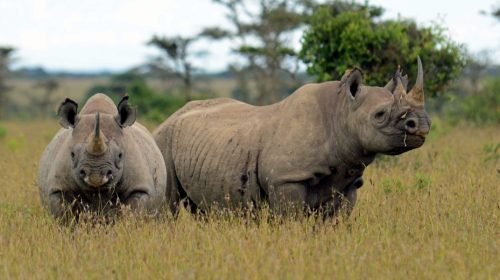
This private conservancy in Laikipia County is a leading rhino sanctuary and home to the last two remaining northern white rhinos in the world. Visitors can also see black rhinos, as well as other wildlife such as elephants, lions, giraffes, and chimpanzees.
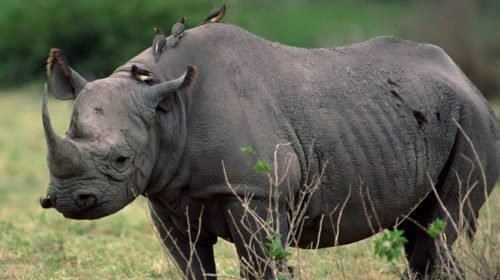
Known for its successful conservation efforts, Lewa is a UNESCO World Heritage Site and a stronghold for both black and white rhinos. The conservancy also supports a variety of other wildlife, including lions, elephants, giraffes, and Grevy's zebras.
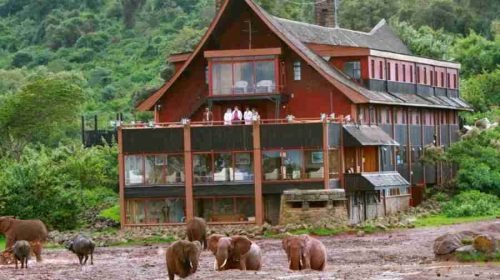
This mountainous park offers diverse ecosystems ranging from montane forests to bamboo forests and moorlands. It is home to the endangered black rhino, as well as elephants, leopards, and other wildlife.
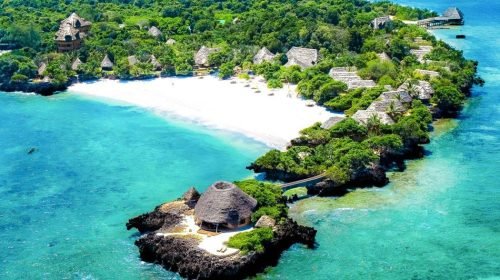
Located south of Mombasa, Diani Beach is renowned for its powdery white sands, clear waters, and vibrant coral reefs. It's a popular destination for water sports such as snorkeling, diving, kite surfing, and jet skiing. Diani also offers beachfront resorts, restaurants, and nightlife.

Situated north of Mombasa, Watamu is known for its pristine beaches, coral reefs, and marine life. The Watamu Marine National Park and Reserve is a protected area with excellent snorkeling and diving opportunities, as well as nesting sites for sea turtles.
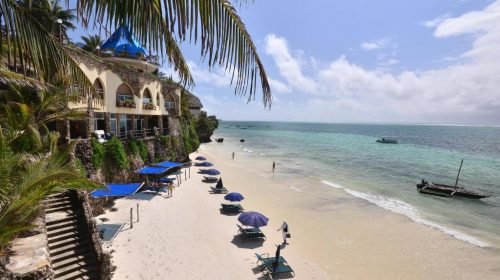
Situated near Mombasa, Nyali Beach is a popular spot for sunbathing, swimming, and water sports. The beach is lined with resorts, restaurants, and bars, making it a convenient option for visitors staying in Mombasa.
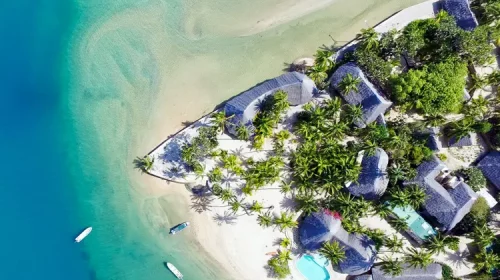
Part of the Lamu Archipelago, Lamu Island is a UNESCO World Heritage Site known for its rich Swahili culture, historic architecture, and tranquil beaches. Visitors can explore the narrow streets of Lamu Town, relax on the beaches, take dhow cruises, and indulge in Swahili cuisine.
Tanzania is renowned for its spectacular wildlife and diverse landscapes, making it a top destination for safari enthusiasts.
These safari destinations in Tanzania offer a wide range of experiences, from classic game drives in iconic national parks to off-the-beaten-path adventures in remote reserves. Whether you’re seeking the thrill of the Great Migration or the tranquility of a boat safari along a scenic river, Tanzania has something to offer for every safari enthusiast.
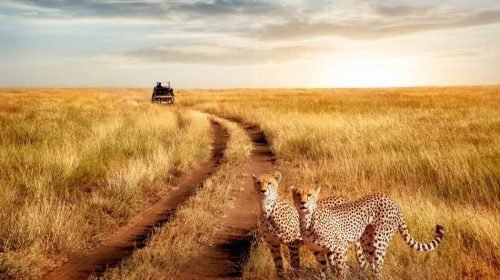
One of Africa's most famous safari destinations, the Serengeti is renowned for its vast savannah plains, annual Great Migration of wildebeest and zebras, and abundant predators such as lions, cheetahs, and leopards. It offers unparalleled wildlife viewing throughout the year.
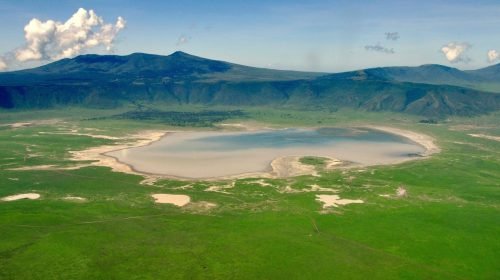
Home to the Ngorongoro Crater, a UNESCO World Heritage Site and the world's largest intact caldera. The crater's unique ecosystem supports a high density of wildlife, including the Big Five (lion, elephant, buffalo, rhino, leopard), as well as rare species such as the black rhino.
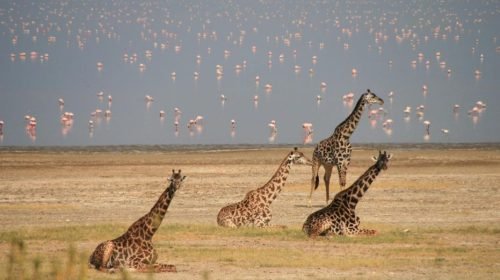
Famous for its tree-climbing lions, Lake Manyara is a compact park with diverse habitats including woodlands, grasslands, and alkaline lakes. Visitors can enjoy game drives, birdwatching, and cultural experiences with the local Maasai people.

Known for its large elephant herds and iconic baobab trees, Tarangire offers excellent game viewing opportunities, particularly during the dry season when animals congregate around the Tarangire River. The park is also home to lions, leopards, giraffes, and diverse birdlife.
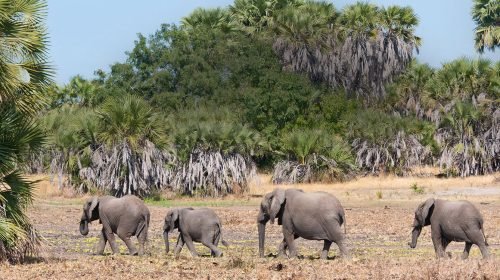
One of Africa's largest protected areas, Selous is a wilderness gem with diverse habitats including grasslands, woodlands, rivers, and lakes. Visitors can enjoy boat safaris, walking safaris, and traditional game drives to see elephants, hippos, crocodiles, and a variety of bird species.

Tanzania's largest national park, Ruaha is known for its rugged landscapes, remote wilderness, and rich biodiversity. It offers excellent opportunities to see predators such as lions, leopards, and cheetahs, as well as large herds of elephants and buffalo.
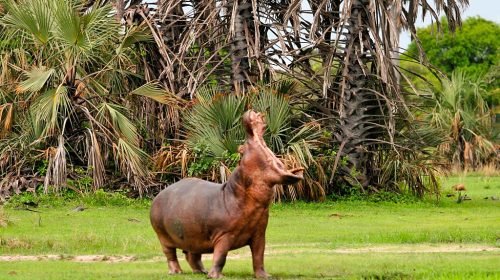
One of Tanzania's best-kept secrets, Katavi is a remote and pristine wilderness with vast floodplains, dense woodlands, and seasonal lakes. It offers superb game viewing opportunities, especially during the dry season when large herds of buffalo, elephants, and hippos gather around the remaining water sources.
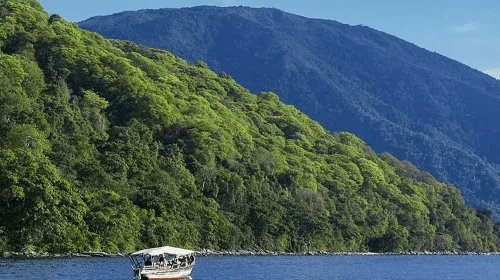
Located on the shores of Lake Tanganyika, Mahale Mountains is home to one of Africa's last remaining populations of wild chimpanzees. Visitors can trek through lush forests to observe these incredible primates in their natural habitat, as well as enjoy hiking, birdwatching, and swimming in the lake.
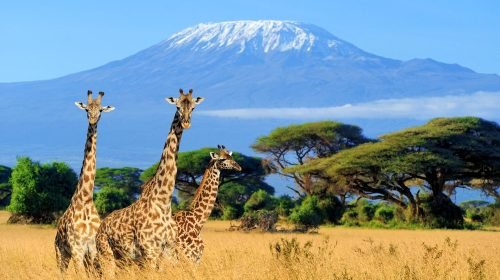
Mount Kilimanjaro: As the tallest mountain in Africa and the highest free-standing mountain in the world, Mount Kilimanjaro is a bucket-list destination for many climbers and adventurers. Its snow-capped peak rises to an elevation of 5,895 meters (19,341 feet) above sea level. Kilimanjaro offers several trekking routes, each with its own unique scenery and challenges, making it accessible to climbers of varying skill levels.

Commonly known as "The Mountain of God" in the Maasai language, Mount Ol Doinyo Lengai is an active stratovolcano located in the eastern Rift Valley of Tanzania. Standing at 2,878 meters (9,442 feet) above sea level, it is Tanzania's third-highest peak. Mount Ol Doinyo Lengai is revered by the Maasai people and offers challenging trekking experiences for adventurous travelers.
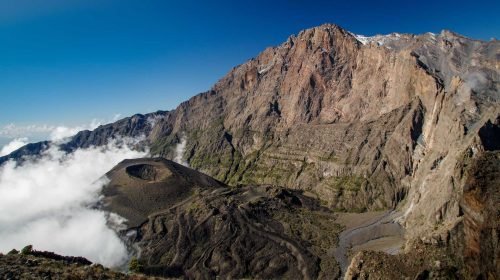
Located in Arusha National Park, Mount Meru is the second-highest mountain in Tanzania, standing at 4,566 meters (14,980 feet) above sea level. Often overshadowed by its larger neighbor, Kilimanjaro, Mount Meru offers stunning views, diverse ecosystems, and excellent trekking opportunities. The ascent to the summit involves passing through lush rainforests, alpine meadows, and rocky terrain.

Zanzibar is perhaps the most famous beach destination in Tanzania, known for its white sandy beaches, turquoise waters, and rich cultural heritage. Visitors can explore historic Stone Town, relax on the beaches of Nungwi and Kendwa, go snorkeling or diving in the coral reefs, and enjoy water sports such as kite surfing and sailing.